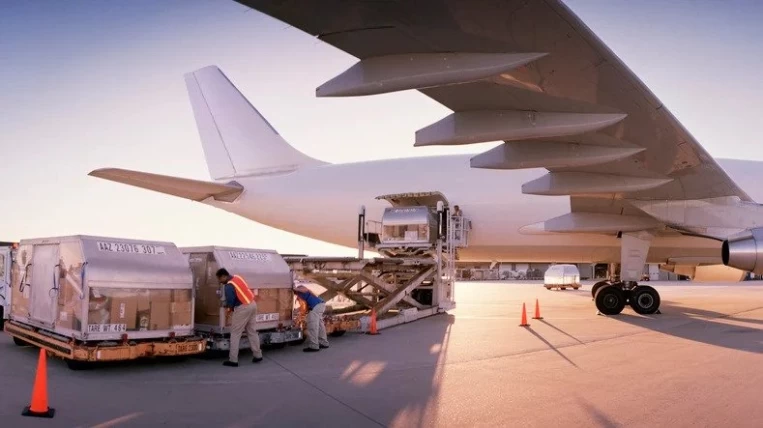Asia Pacific and Middle East airports have witnessed green shoots of recovery, according to the Airports Council International - ACI Asia Pacific, with cargo performance proving resilient and continuing to be above pre-pandemic levels.
The trade representative of airport authorities said in the first edition of its Airport Industry Outlook, a quarterly report by Airports Council International Asia-Pacific (ACI APAC), that capacity is also rebuilding in many parts of the Asia Pacific and the Middle East region.
"Asia-Pacific and the Middle East aviation industry is experiencing green shoots of recovery. The industry showed encouraging signs of recovery in the first quarter of 2022," the report said, noting, however, that travel restrictions; suspension of international air travel in some parts of the region; geopolitical conflict, and subsequent impacts on macroeconomic factors have proved to be detrimental to the overall growth of aviation.
Robust cargo growth
"Cargo growth has proven to be resilient in comparison with passenger traffic and remains significantly above pre-pandemic levels," ACI APAC said.
"As passenger airlines return providing more belly capacity, air cargo is expected to continue its growth trajectory."
In its latest release, ACI noted that the sub-regions with the largest cargo shares are Developed Asia (Japan, Republic of Korea, Chinese Taipei, Hong Kong, Macau) with 32%, followed by Emerging East Asia with 29% and the Middle East 16%.
Meanwhile, it added that Developed East Asia was the only region in the fourth quarter of 2021 that recorded traffic levels above the 2019 pre-COVID level while all other regions reported levels around 0.85% or above compared to 2019.
The report, developed in partnership with Mott MacDonald — global engineering, management, and development consultancy — provides a snapshot of how airports in the region have performed during the first quarter of 2022 (January to March).
"Analysis shows that travel restrictions have to a large degree failed to prevent the spread of Covid-19 mainly due to the highly infectious nature of the omicron variant and have turned out to be a deterrent for the recovery of aviation, impacting the economy of the region," said Stefano Baronci, director general of ACI Asia-Pacific.
"Cargo business proves, on the contrary, the leading role that Asia-Pacific plays in the global economy," Baronci added.
Nonetheless, the ACI APAC chief said despite an improving trend, airport financial margins remained "far below" pre-pandemic levels and are "economically unsustainable."
"It is therefore time to remove ineffective restrictions and enable nations to accelerate their economic growth. To achieve a truly sustainable recovery from the slump caused by Covid-19, cooperation and the establishment of standards that harmonize processes are crucial," Baronci added.
Boosted by high rates of vaccination (70% or above in the six largest aviation markets), since early 2022, many countries have been easing entry requirements, but parts of Emerging and Developed East Asia (Japan, Republic of Korea, Chinese Taipei, Hong Kong, Macau, China, Mongolia and Democratic People’s Republic of Korea) have kept quarantine requirements in place.
In the Asia Pacific and the Middle East regions, currently, 20 countries have no significant entry restrictions.
Airport performance improving
ACI APAC noted that the EBITDA and net profit margins, based on a selection of sampled airports handling 30% of total annual regional traffic volumes in 2030, indicate improving conditions in Q4 2021, driven by an increase in passenger traffic and optimisation of operating costs.
However, it added that the margins remained far below pre-pandemic levels and are economically unsustainable.
"Quarterly revenues remain 58% below the same period last year. Although revenues are improving slowly with traffic recovery, they remain at low levels, leading to large operating losses for airports. Total operating expenditures have declined since the start of the pandemic, with the decline having halved in percentage terms in Q4 2021 compared to the same quarter in the previous year," the report added.
ACI Asia-Pacific has 131 members operating 617 airports in 49 countries and territories.



